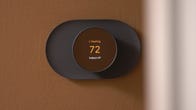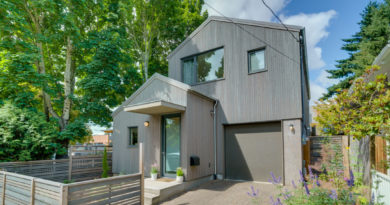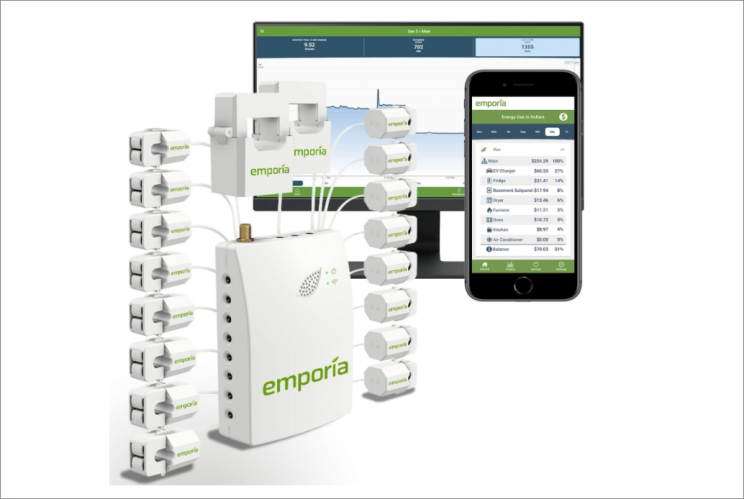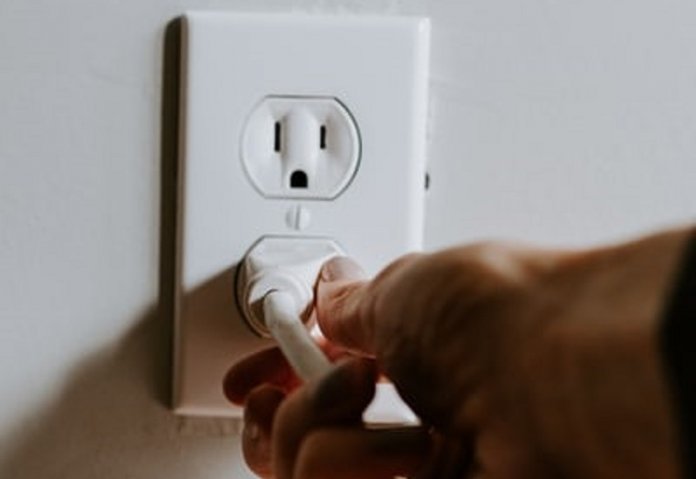Heat pump buying guide: Everything you need to know about this furnace and AC alternative – CNET
Energy Disrupter
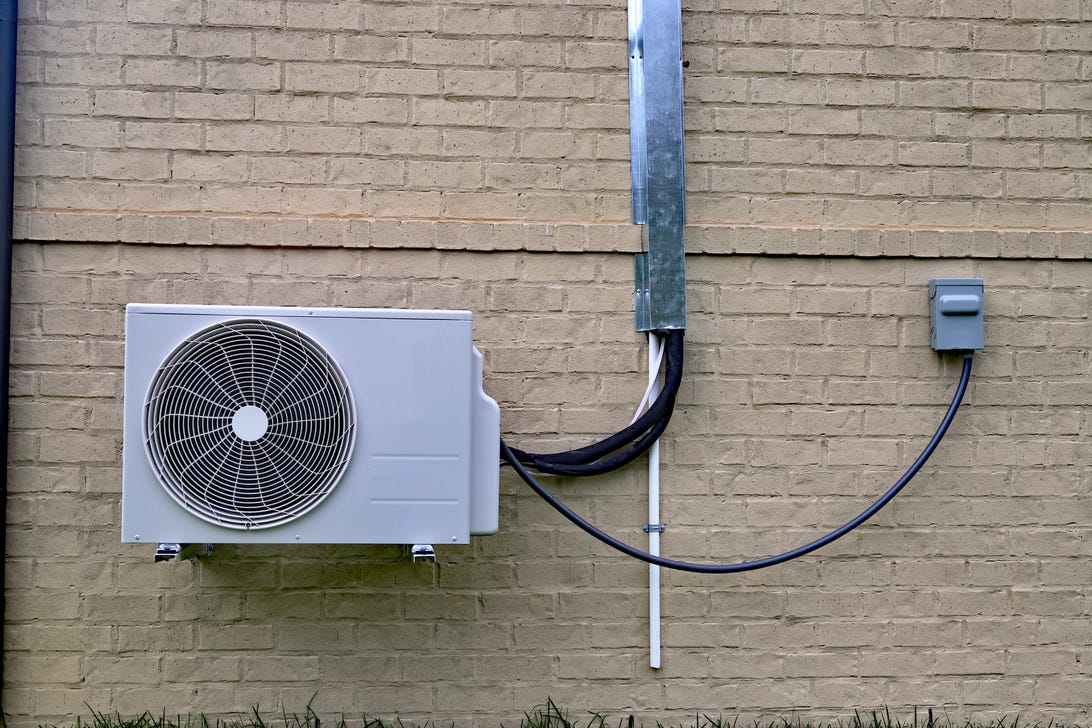
With the climate crisis at the forefront of the news today, many Americans are trying to be more mindful and find ways to do their part in saving the planet. Because heat pumps do not burn fossil fuels, they have become especially attractive for homeowners looking to minimize their environmental footprint.
Today, heat pumps can be an excellent energy-efficient solution to traditional furnaces and air conditioners. If you live in a milder climate, a heat pump could be an excellent way to save on heating and cooling costs while also helping to minimize harmful fossil fuels in the environment.
How does a heat pump work?
Heat pumps are a type of heating and cooling system for your home that uses available resources, like water and air, to regulate the temperatures in your home. It is like an air conditioner, but it has a built-in heating system, as well. It is an outdoor system that is installed outside the exterior of your home.
Using electricity and refrigerant, a heat pump is able to turn cold air into hot air during the winter, and it can make hot air cold during the summer. It does this by redistributing the heat in the air or ground and heating it or cooling it with refrigerant as needed.
The standard heat pump has several parts:
- Outdoor unit: This is equipped with a coil that powers evaporation in heating mode and condensation in cooling mode.
- Indoor unit: The unit has both a coil and fan to circulate air throughout your home.
- Refrigerant: This is a type of fluid that is needed to absorb and release heat as necessary in order to keep the system properly running and circulating.
- Compressor: The compressor acts as a pressurizing agent to prepare the refrigerant for use.
- Reversing valve: This valve controls the direction of the refrigerant in your system, thus enabling you to switch between heating and cooling modes.
- Expansion valve: This valve controls the movement of refrigerant in the heat pump.
The Department of Energy reports that a heat pump can save you approximately 50% in electric costs, compared to electric resistance heating systems, like furnaces and baseboard heaters.
Types of heat pumps
Heat pumps are more environmentally friendly because they are powered by natural elements, like air, water and earth. There are three different types of heat pump systems: air-to-air, water-sourced and geothermal.
Air source
An air source heat pump system uses the air outside your home to transfer heat inside. They are specifically notable for dehumidifying spaces, more so than traditional central air conditioning systems, which can also save on energy and cooling costs.
Popular today throughout the US, air source heat pumps were previously not an option for colder climates. However, technology has significantly evolved in recent years, and many systems are now able to keep up with the added demands of a Northern winter. If your home does not have any ducts, there is a ductless heat pump option known as a mini-split heat pump.
Water source
Instead of using an outdoor fan and coil, a water source heat pump system instead uses a heat exchanger. These systems still utilize refrigerant, turning water into gas and then into water. With an ongoing flow of water, the system uses a water loop system to either cool or boil as needed to create the optimal temperature for your home.
Ground-source
Ground-source systems, also known as geothermal heat pump systems, use either a ground or water source for power, transferring heat to your home. This can reduce your energy use by up to 60% with added humidity controls and have a flexible format that works across a variety of different homes based on things like your property’s subsoil and landscape.
These are a more expensive option to buy upfront but have significant savings over the long-term in energy costs.
Where to buy heat pumps
You can buy a heat pump from a major retailer or through a professional installer.
Heat pumps are available from retailers like these:
- Home Depot
- Lowe’s
- Walmart
- Sears
- Tractor Supply
Pricing may vary, so it is always a good idea to shop multiple retailers to find the best deal for your new heat pump.
How to install a heat pump
Once you purchase your new heat pump, it comes time for installation. A heat pump comes with several parts that require exact precision during installation. Handling refrigerant can also prove unsafe for the average homeowner.
Instead, there are several options to help with professional installation. Most retailers offer installation for your purchase at an additional cost, although this may be contracted out to a third-party provider.
You also have the option to hire an independent installation company. If you choose to hire someone for installation, be sure to find a licensed professional for the job. You can find a local installer by checking local ratings and reading reviews from past customers on sites like Google and Yelp.
How to maintain your heat pump
Although energy-efficient, heat pumps still require basic maintenance to ensure proper function. These are some basic ways to maintain your heat pump for extended use:
- Clean filters regularly, changing as needed.
- Occasionally clean outdoor coils.
- Perform basic maintenance, according to your manufacturer’s instructions.
- Remove items from around your system so it can function properly.
- Power down the fan to clean as needed.
Many professional HVAC companies offer one-time or regular maintenance packages to assist with your heat pump.
After all, a poorly maintained heat pump could cost you. According to the Department of Energy, it could cost up to 25% more in energy costs, so it is important to ensure that your heat pump is always in top working order.
Heat pump warranties
When you buy a new heat pump, most models come with a warranty.
Heat pump warranties
| Manufacturer | Warranty types |
|---|---|
| Amana | • Lifetime limited warranty with free replacement for compressor failure |
| American Standard | • Base limited manufacturer’s warranty • Registered limited manufacturer’s warranty • Registered limited warranty transfer option • Optional extended warranty |
| Carrier | • Limited warranty |
| Lennox | • Basic • Extended limited warranty |
| Luxaire | • 10-year parts limited warranty • Lifetime compressor limited warranty • Extended labor warranties • Extended warranties |
| TempStar | • Standard • No Hassle Replacement limited warranty |
| Trane | • Limited • Optional extended warranty |
| York | • Standard • Extended warranty with factory-backed service |
Be sure to ask your retailer or dealer about what warranty options exist for your heat pump so you can be sure your family is protected, no matter what.
Final takeaways
As the world continues to witness the growing effects of climate change, it has brought renewed attention to the reduction of harmful emissions in the US. Heat pumps are one way to reduce dangerous fossil fuels while also lowering energy costs. Improved technology today has even made it possible for homeowners in more extreme climates to enjoy the cost savings and environmental benefits that heat pumps have to offer.
It’s just a matter of which one is right for you.
Original Source: https://www.cnet.com/home/energy-and-utilities/heat-pump-buying-guide-everything-you-need-to-know-about-this-furnace-and-ac-alternative/


